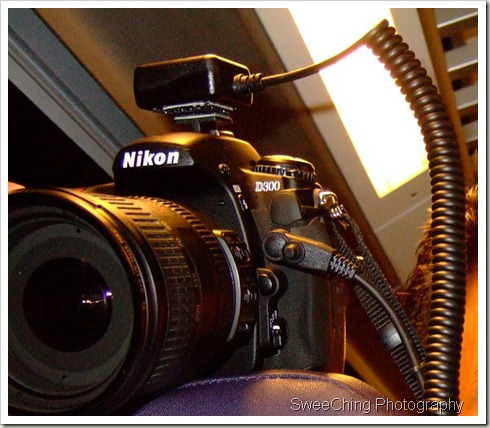Handling GX1 as a GF1 User

Black Panasonic DMC-GX1 with Olympus 45mm F1.8 and Mizar Brown Half-Case with Strap After two years with GF1 around, Panasonic finally released the true GF1 successor, the GX1. I have to admit, I've been waiting for this and the timing is just about right for me to upgrade. After using for 2 months, I can now pen down some thoughts I have about this camera, coming from a previous GF1-owner perspective. I won't comment much on picture quality, as plenty of reviews about this are available elsewhere. Instead, I'll concentrate on the physical build and handling. Rationale of Upgrade The GF1 is still a very good camera. So why did I upgrade? The main reason I've decided to move on to GX1 is more about what I use my camera for nowadays. Lots of indoor shooting. My toddler don't spend a lot of time outdoor. Therefore, many of my photos nowadays are taken indoor. The new 16 megapixel sensor with much better high-ISO output is just what I need. (Yes, DS



